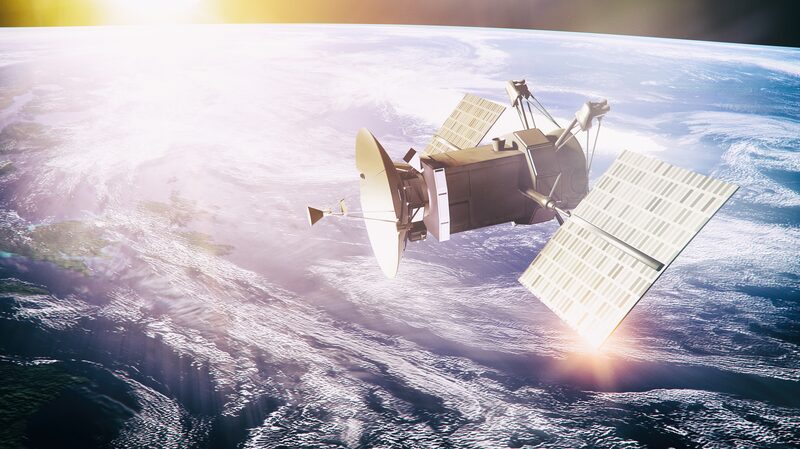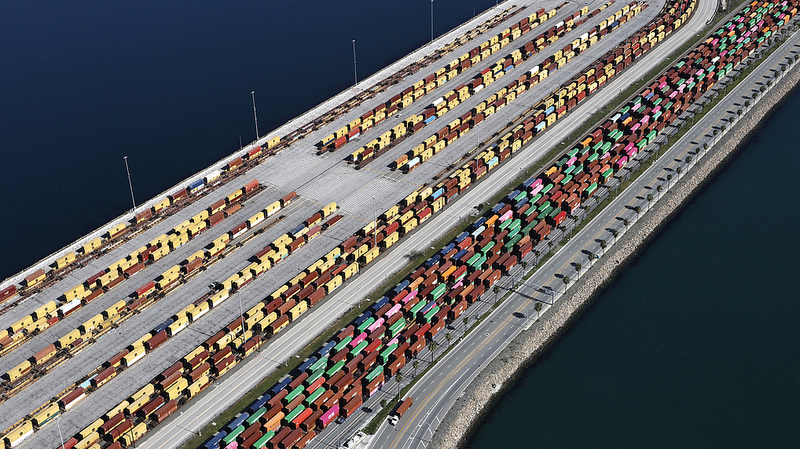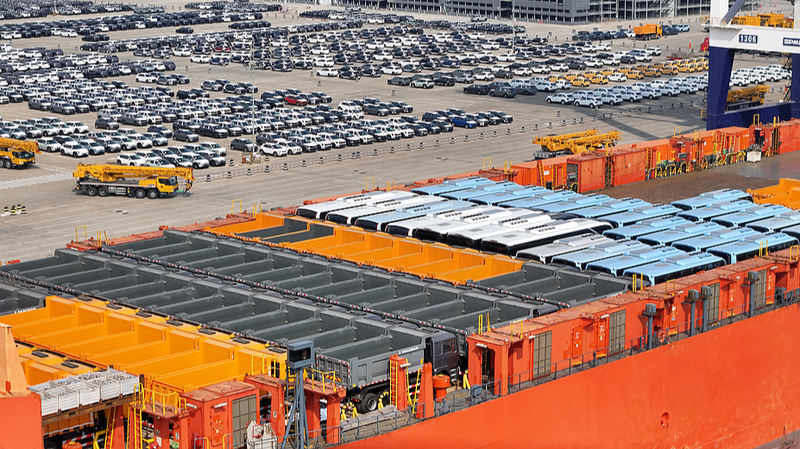A recent study from researchers at the Massachusetts Institute of Technology and the University of Birmingham reveals that greenhouse gas emissions are reshaping the near-Earth space environment in unexpected ways.
The research shows that rising levels of carbon dioxide and other greenhouse gases are enhancing the amount of heat released into space through infrared radiation. This process cools and contracts the upper layers of the atmosphere, resulting in a thinner atmospheric layer in low Earth orbit.
This shrinkage in atmospheric density means that satellites in low Earth orbit experience less drag. While reduced drag might seem advantageous at first glance, it poses potential challenges for the natural decay of old satellites and debris. Without the typical atmospheric drag to pull them down, such objects may persist longer in orbit, leading to a congested space environment over time.
The findings offer new insights into how climate change could extend beyond our planet’s surface, influencing satellite longevity and space sustainability. For young global citizens, tech enthusiasts, thought leaders, and digital nomads, this study underscores the interconnectedness of terrestrial climate issues and the management of space technology.
Reference(s):
Greenhouse gases weakening LEO's satellite carrying capacity
cgtn.com




